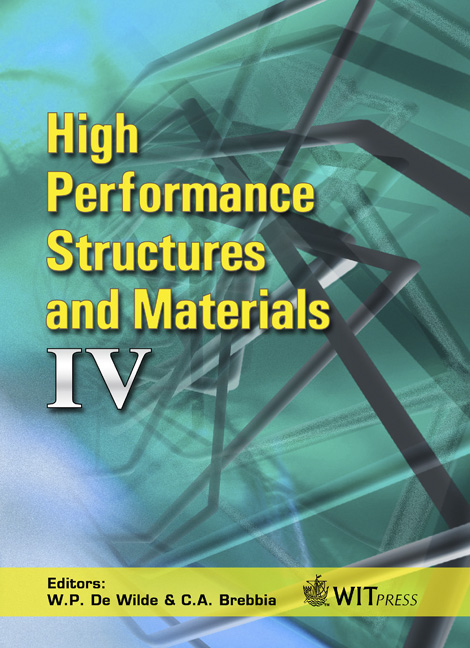Biomass Carbon Ratio Of Biobased Polymer Composites Filled With Cellulose Fibers Measured By Accelerator Mass Spectrometry
Price
Free (open access)
Transaction
Volume
97
Pages
10
Page Range
221 - 230
Published
2008
Size
454 kb
Paper DOI
10.2495/HPSM080241
Copyright
WIT Press
Author(s)
M. Funabashi, A. Listyarini & M. Kunioka
Abstract
Composite samples were made of poly(butylene succinate) (PBS) and cellulose fillers. Cellulose powders, cotton fibers, and fibers derived from trunks, frond petioles, and an oil palm empty fruit bunch were used as fillers of composite samples. A sheet of the composite was made by hot-pressing the mixture of PBS powders and fillers. Oil palm tree fibers were observed by an optical microscope. Thermal degradations of these fibers were measured by thermogravimetry. The biomass carbon ratio of the starch and wood were described. The biomass carbon ratio of the PBS composites with cellulose fibers was investigated. The mechanical properties of the PBS composites were measured by tensile test using dumbbell specimens. The possibility of an evaluation method of biomass carbon ratio of composite materials was shown. Keywords: polymer composite, poly(butylene succinate) (PBS), oil palm tree, accelerator mass spectrometry (AMS), biomass carbon ratio. 1 Introduction Recently, biodegradable plastics and biobased polymers have been widely used in various industrial fields to save resources and reduce evolved carbon dioxide gas. Poly(lactic acid), poly( ε-caprolactone) and poly(butylene succinate) are
Keywords
polymer composite, poly(butylene succinate) (PBS), oil palm tree,accelerator mass spectrometry (AMS), biomass carbon ratio.





